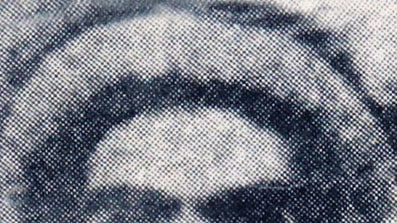
AP Photo
After being forced to flee Afghanistan in 2001, Mullah Mohammed Omar has slowly regained power as a major leader of the Taliban. Omar, who earned his nearly mythical reputation for fighting in the 1980s and 1990s when he lost an eye to Soviet shrapnel, heads up the Taliban’s leadership council. “He’s staged one of the most remarkable military comebacks in modern history,” said former CIA officer and Daily Beast contributor Bruce Riedel. It is unclear, however, how close he remains to al Qaeda. Osama bin Laden himself has worked to curry favor from Omar—only four of five people can pass messages to the secretive man whose whereabouts are unknown—but some argue that the Taliban may seek more legitimacy as a government by distancing itself from bin Laden’s network, and Omar recently said that the Taliban would “not extend its hand to cause jeopardy to others.” The statement could be a publicity move, and some U.S. officials maintain that ties between al Qaeda and Taliban forces remain strong. “We’ve been trying for 13 years to get the Taliban to break with al Qaeda and turn over bin Laden, and they haven’t done it,” said Riedel. “Whatever the bond is between them, it’s stood the test of time.”